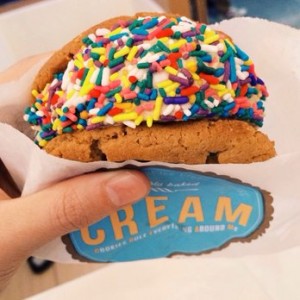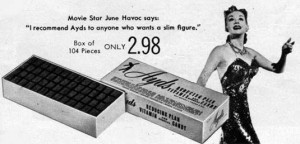Do you have renters insurance? I always advise tenants to buy renters insurance, both verbally and in writing in the lease itself. I would like to put a clause in my lease form requiring tenants to buy renters insurance as a condition of the lease, but I am not sure such a provision would be enforceable or even legal.
Tenants invariably tell me that they are going to buy renters insurance, but sadly, most of them put it off until they have suffered a loss, and then it’s too late. Renter’s insurance costs between $150 and $200 a year, a small price for a lot of coverage.
First, you get personal property insurance. This means that you can get reimbursed if somebody steals you bicycle, your computer, or your grandmother’s glockenspiel. Renters insurance doesn’t just protect your stuff inside your apartment. It protects your stuff wherever it is. Several years ago, my sister Bonnie was visiting the San Francisco bay area from Seattle where she was living. While Bonnie was in Marin County, her camera and jewelry were stolen. Bonnie had renters insurance, so, even though her apartment was 1,000 miles from San Francisco, Bonnie’s insurance company paid for her loss.
Second, renters insurance insures you from personal liability. That protects you in case somebody slips on your porch or trips over an extension cord. It also provides you with insurance for many other kinds of losses, like smoke and fire damage. Tenants sometimes ask me if I have fire insurance. Well, Yes I do have fire insurance on my buildings, but my insurance protects me, not you. My insurance only covers my buildings and the personal property inside that belongs to me, like the stoves and refrigerators. It doesn’t protect your stuff from fire damage.
Don’t put off buying renters insurance until your stuff is gone. Do it now! If you don’t know where to get renters insurance, just go to Google, and type in ‘renters insurance’ and the name of the city and state where you live, and you’ll get lots of results. Renters insurance is not hard to find.



